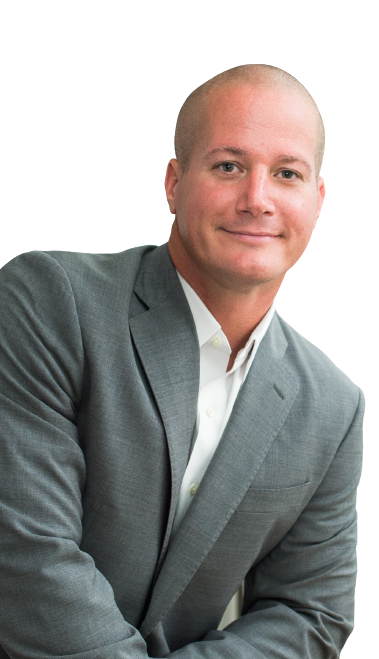Not known Factual Statements About Medicare Advantage Agent
Table of ContentsSome Of Medicare Advantage AgentMedicare Advantage Agent Fundamentals ExplainedThe Buzz on Medicare Advantage Agent


follows from complies with the perplexing young age profile of the uninsured with the better healthFar better wellness average, standard younger personsMore youthful For those without accessibility to office health and wellness insurance policy, poor health is a prospective obstacle to acquiring nongroup insurance coverage since such protection may be very valued, omit preexisting problems, or be merely not available. Unless otherwise noted, nationwide quotes of people without health insurance and percentages of the populace with different kinds of insurance coverage are based on the CPS, the most commonly used resource of estimates of insurance protection and uninsurance rates.

8 Easy Facts About Medicare Advantage Agent Described
The connection between health and wellness insurance and access to care is well established, as recorded later in this chapter. The partnership between health and wellness insurance and health and wellness end results is neither direct neither simple, a substantial medical and health and wellness services study literature links health and wellness insurance policy coverage
to improved enhanced to care, better far better, and improved enhanced individual population populace wellness. The second record, on individual health results for without insurance grownups, is represented by the innermost circle of the figure, while the third record, on family members health, encompasses the subjects of the second report however stresses a various device of evaluation, particularly, the family.
It concentrates specifically on those without any health and wellness insurance policy for any type of length of time. The problems faced by the underinsured remain in some aspects similar to those faced by the uninsured, although they are typically much less severe. Uninsurance and underinsurance, nonetheless, involve definitely various plan concerns, and the approaches for resolving them may differ. Throughout this research and the five records to follow, the main focus is on persons without any medical insurance and thus no support in paying for wellness treatment beyond what is readily available via charity and safeguard institutions. Health and wellness insurance policy is a powerful element affecting receipt of treatment since both patients and doctors react to the out-of-pocket cost of solutions. Medical insurance, nevertheless, is neither essential neither enough to access to clinical services. Nonetheless, the independent and straight impact of health and wellness
insurance policy protection on access to health services is well established. Others will certainly obtain the healthcare they need also without medical insurance, by spending for it out of pocket or seeking it from carriers who supply care cost-free or at highly subsidized prices. For still imp source others, health and wellness insurance alone does not make sure receipt of treatment as a result of other nonfinancial obstacles, such as an absence of health and wellness treatment providers in their neighborhood, minimal access to transport, illiteracy, or etymological and cultural differences. Official study about uninsured populaces in the USA dates to the late 1920s and early 1930s when the Committee on the Expense of Treatment produced a series of reports regarding funding medical professional office check outs and hospital stays. This issue ended up being prominent as the varieties of clinically indigent climbed up throughout the Great Anxiety. Empirical studies continually sustain the web link between access to care and improved health and wellness results(Bindman et al., 1995; Starfield, 1995 ). Having a normal resource of treatment can be taken into consideration a forecaster of accessibility, instead than a straight action of it, when health outcomes are themselves used as access signs. This expansion of the concept of gain access to dimension was made by the IOM Committee on Keeping An Eye On Accessibility to Personal Wellness Treatment Solutions(Millman, 1993, p. Whether or not parents are insured appears to affect whether or not their youngsters obtain treatment in addition to just how much careeven if the kids themselves have protection(Hanson, 1998). The health of moms and dads can influence their capacity to take care of their children and the level of family anxiety. Fretting concerning their kids's access to care is itself a source of stress and anxiety for moms and dads. Three chapters adhere to in this record. Chapter 2 provides an introduction of exactly how employment-based medical insurance, public programs and specific insurance coverage policies run and communicate click here to find out more to provide considerable however incomplete insurance coverage of the U.S. population. This consists of a review of historic trends and public plans affecting both public and personal insurance, a conversation of the interactions amongst the different kinds of insurance coverage, and an evaluation of why individuals move from one program to an additional or end up
